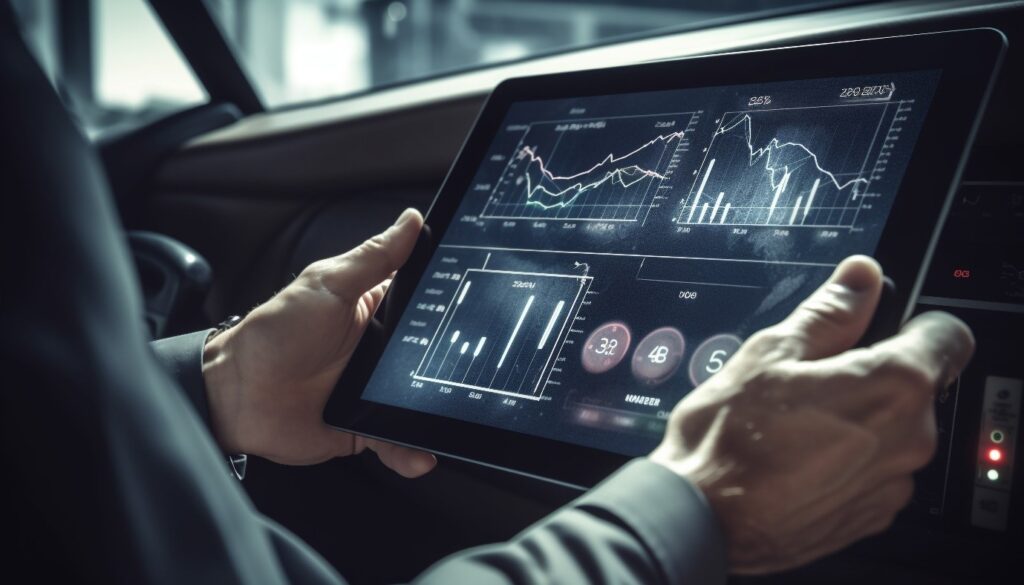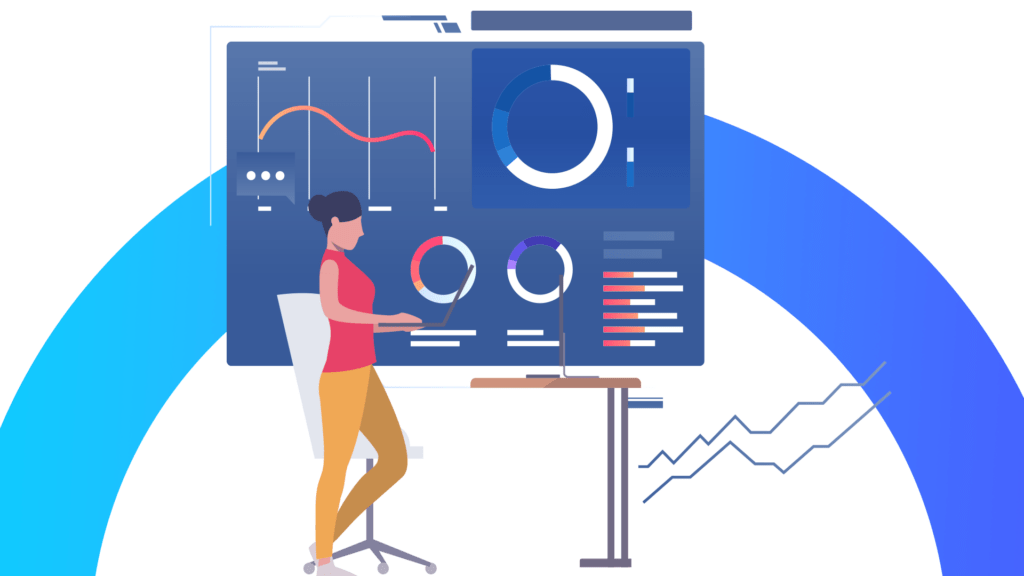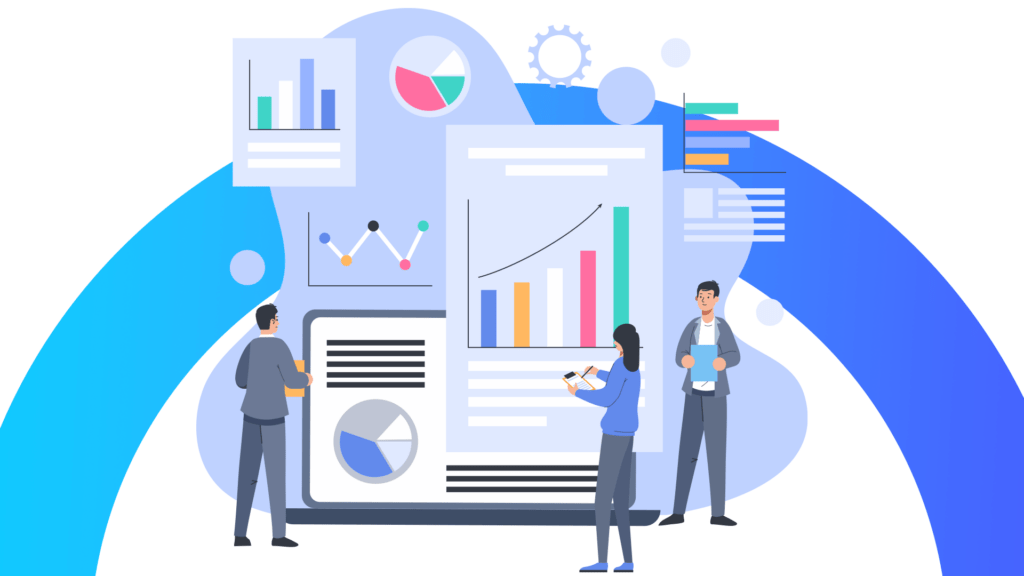Machine learning is the catalyst for a manufacturing revolution, propelling us into a new era of efficiency and innovation. As we embrace the capabilities of ML, production processes are becoming smarter and more streamlined, cutting costs and increasing output. Dive into how these cutting-edge technologies are not just transforming the industry but redefining it for the future.
Scope of machine learning in manufacturing
Observing the changing trends over the last century, global manufacturing can be seen to have transformed dramatically. With the world amid an Industry 4.0 revolution, and at the doorstep of Industry 5.0, we don’t see this slowing down any time soon.
The importance of manufacturing in fuelling the world economy is not lost on anyone. A primary driver of digital transformation in manufacturing is the application of machine learning (ML) enabling the shift toward smart manufacturing. The world has been quick in adopting ML techniques, which is apparent from the projected growth of ML market (CAGR 2024-2030) by 36.08%. This will result in an ML market volume of USD 503.40bn by the year 2030.
ML helps in minimizing factors causing losses in production, and other costs incurred along with maximizing overall production speed and workforce productivity. In this blog we will explore the various machine learning based technologies that are being use for smart manufacturing. We will also understand its key applications across various manufacturing sectors.
Before exploring the various applications of ML, lets understand what exactly is machine learning in manufacturing.
What is machine learning in manufacturing?

Machine learning techniques involve feeding algorithms with loads of data. This allows them to learn continuously and improve processes, just like a human would. ML and Artificial Intelligence are used side by side, with ML being an application of AI. Through AI, computers and machines can learn on their own, without need for human intervention.
There are two models of AI that can be leveraged to transform production processes and activities. The first is supervised ML and the other is unsupervised ML. For supervised ML, AI is used to draw patterns from large data sets with a predefined end. In unsupervised ML, patterns are identified from data sets without a known outcome. For example, ML is used by supervisors and engineers to identify in the production process unknown anomalies and damaged components.
Machine learning technologies in manufacturing
Predictive analytics
Predictive analytics makes use of machine learning, statistical modeling, and data mining techniques in order to predict future outcomes. It has become an integral component of manufacturing, especially for equipment diagnostics/failure prediction/quality control automation and streamlining procurement decision-making processes.
Intelligence Process Automation (IPA)
Intelligence process automation (IPA) combines robotic process automation, optical character recognition, data analytics, intelligent document processing, and machine learning for hyper-automation. Most manufacturing organizations utilize this form of intelligent process automation for automating repetitive or manual tasks like accounting, staffing, inventory management, and vendor communication.
Artificial Intelligence
AI allows computers to interpret visual data. Computer vision in manufacturing applications enables automatic quality inspection at every stage of production, guides robots during assembly processes, and helps ensure staff safety by monitoring facilities proactively.
Neural networks
Neural network algorithms are powerful tools that uncover patterns and complex relationships within disparate data. These are utilized in smart manufacturing for tasks requiring complex analysis. Neural networks are key to conducting predictive maintenance, quality control, energy efficiency improvement, and product design and development.
Now let’s move on to the practical applications of machine learning in manufacturing.
Key applications of machine learning in manufacturing
Supply Chain Optimization
Supply chains are integral parts of manufacturing. Machine learning technology has undoubtedly revolutionized key aspects of cognitive supply chains that have emerged within this sector. Utilization of cognitive supply chain management could improve areas such as:
Demand forecasting uses time series analysis, feature engineering and natural language processing (NLP) to understand client behaviors and preferences.
Warehouse control facilitates fast replenishment by monitoring stock with deep learning-based computer vision systems.
Logistics and transport optimization machine learning algorithms analyze and select the most optimal routes for shipping and transportation solutions.
Predictive Maintenance
Predictive maintenance differs from conventional maintenance practices. This is because it relies on algorithms rather than human code to predict future failure of equipment, component or system.
It does not perform scheduled maintenance work or uses SCADA systems with predefined thresholds and alert rules. Instead, predictive maintenance uses algorithms to forecast its next failure. This is for when an equipment component becomes operational again after being broken.
Predictive quality analytics rely on data for training. Developing a data collection strategy to gather all pertinent details of their process will ensure success for manufacturers. OEEfficienci utilizes ML techniques to minimize downtime and optimized run times of equipment through predictive maintenance.
For example, in industries like automotive manufacturing, OEEfficienci enables real-time monitoring of assembly line machines, identifying and predicting potential malfunctions. And this helps in reducing unplanned maintenance, increasing operational efficiency, and ensuring timely delivery of products to the market, ultimately improving overall production outcomes.
Inspection and monitoring
One of the highest-impact machine learning applications in manufacturing is inspection and monitoring with computer vision technology.
Cost-effective sensors, such as RGB cameras equipped with machine learning algorithms, can conduct high-throughput part inspection. Computer vision techniques also facilitate high-quality continuous process monitoring.
Recent research proposes a data-driven strategy for the autonomous examination of integrated circuit (IC) wire bonding issues, using X-ray images obtained from semiconductor factories as proof.
Generative designs
Generative design employs machine learning to reduce time-consuming engineering design processes and create a smooth yet natural interaction between computer and engineer. Machine learning uses discriminator and generator models to develop new designs for specific products. It also uses deep learning algorithms to train the computer as a “design partner,” recognizing and defining all design options. It further distinguishes between generated and real products.
Quality control
Process-related losses have become increasingly challenging to sustain. Machine Learning provides an efficient method for automatically identifying root causes of production losses. It does so by continuously and multivariate analyzing production losses via process-tailored machine learning algorithms and Root Cause Analysis (RCA).
Automated recommendations and warnings are then created to alert production teams and process engineers of an impending problem. This allows for seamless exchange of valuable information on how to prevent losses before they occur.
Digital twin utilization
Manufacturers can utilize machine learning-powered digital twins for instant diagnostics, process evaluation, and performance forecasting.
Digital twins can also revolutionize engineering practices by offering full design, production, and operational customization. This means manufacturing companies can use digital twins to create virtual representations of their products and processes for testing and optimizing before they are built physically.
A great example is our digital twin solution, Asset Performance X. It allows manufacturers to harness machine learning models to optimize asset performance. It creates a mirror that allows a holistic view into real-time behaviour of the asset in a real-world setting. By doing so, APX allows manufacturers to anticipate maintenance needs, optimize performance, and bypass costly failures.
Prediction of energy consumption
It is crucial to predict energy usage in production for various reasons. This is because, through energy forecasting, industry owners and operators plan future energy needs. Through this, they can ensure that factories have sufficient resources to meet production demands. Delays caused by changes in pricing or availability can also be prevented by anticipating usage.
Therefore, it is critical to monitor how much energy is consumed in order to maximize efficiency in all areas of production.
Conclusion
In embracing the numerous applications of AI or machine learning in manufacturing, quality of production can be boosted. Furthermore, manufacturers can anticipate market fluctuations, decreasing frequency of accidents causing serious injury. This increases their standing in terms of safety and environmental sustainability and boosts the efficiency of their operations.
The ultimate solution harnessing ML as well as AI for manufacturing is OmniConnectTM. This IT/OT convergence data cloud makes use of ML applications and techniques, along with big data analytics. By collecting, transforming, enriching, accessing, and analyzing disparate manufacturing data in real-time, manufacturers can derive actionable insights for informed decision making. If you want to empower your manufacturing set-up with the power of machine learning, talk to our experts.




